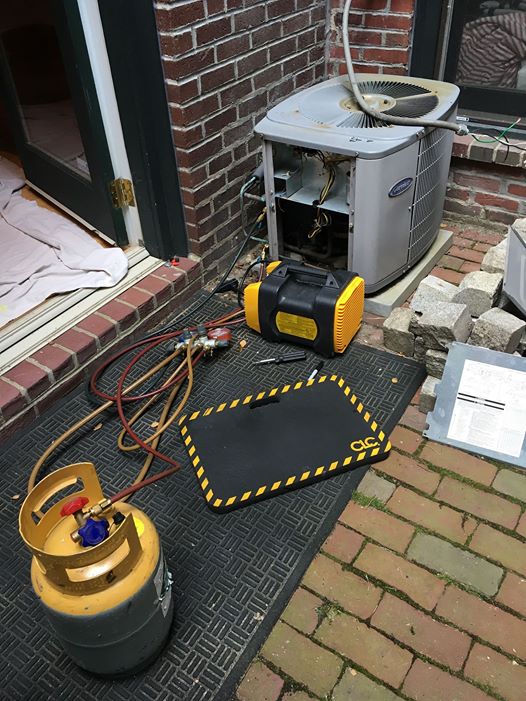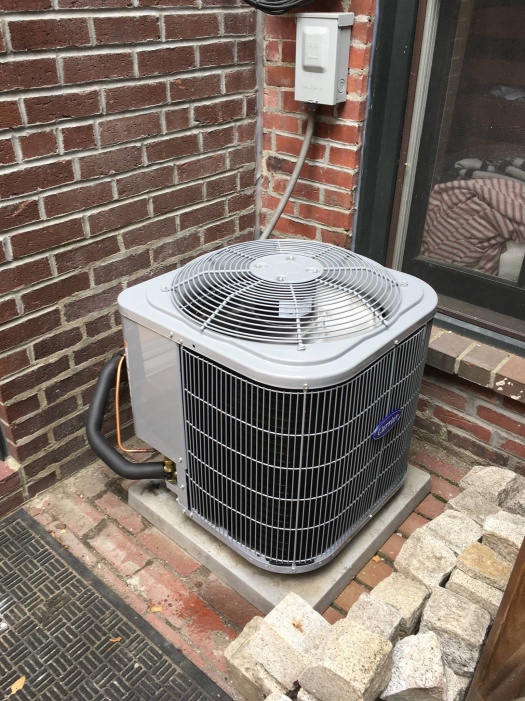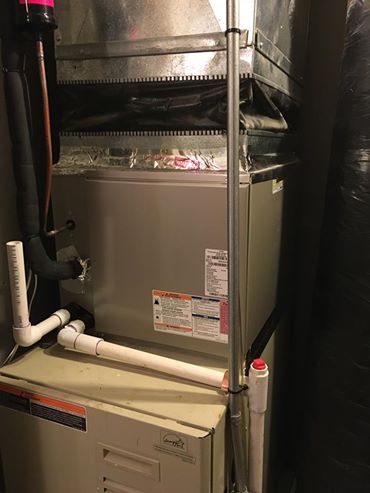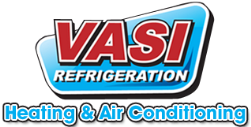The year-round comfort of your home depends greatly on the heating and air conditioning systems you select to heat your home in the winter and cool your home in the summer.
When it’s time to consider your options for replacing one or both systems, you may be tempted to install only the system giving you the most trouble at the time and wait to purchase the other system.
However, replacing both systems — even if one is still working — can save you energy and money over the long term.

Of course, it’s best to learn about the features of new technologies and to get good, expert advice about the best choice for your home.
In this post, we discuss the advantages of replacing your furnace and air conditioning systems together for maximum benefit to your home and your wallet.
Two New Systems: Furnace and Air Conditioning = One Comfortable Home
Here are some of the advantages of installing a new furnace and air conditioning system at the same time and the reasons we recommend this step:
Energy efficiency
The heating and air conditioning systems being manufactured today are highly efficient and use much less energy than systems built just 10 – 15 years ago.

You can easily compare the efficiency of different air conditioning systems as you research by checking the SEER rating (Seasonal Energy Efficiency Ratio). New systems have a SEER number of at least 13, the minimum government standard for cooling systems.
The higher the SEER, the less energy used and less cost to operate.
The rating for furnaces is the annual fuel utilization efficiency (AFUE), a measure of seasonal performance. In general, AFUE of 90% or higher is recommended for a new, efficient furnace system.
Boilers and heat pump systems will have a slightly different recommended number.
Did you know? On average, a modern furnace will last 15 – 20 years; a central air conditioning system will last 12 – 15 years, depending on the quality and efficiency of the equipment.
Differences in Technology
Mixing old and new technology can decrease system performance. By replacing just one part of your overall system, you effectively lower the performance of both systems. When you couple a new highly-efficient system with your older system, the components don’t “match,” and you won’t be utilizing the new technology to its full potential.

Matched systems complement each other. Your furnace and central air conditioning system share the same air handler, or blower (see image below).
Having a matched system with an efficient handler will allow both systems to operate properly, giving you the home comfort you want.
Components of a Furnace and Central Air Conditioner
- Outdoor condenser
- Compressor
- Indoor evaporator coil
- Air handler/furnace
- Copper tubing
- Thermostat
You’ll save money over time with a “matched” system. When components are “matched,” they are designed to work together for maximum efficiency. By replacing both systems together, you’ll save money if repairs are necessary because both systems will be under warranty .
Overall, new systems will require fewer repairs. You also may save money on installation when you purchase both systems together, because the process will be less complicated and involved.
Down the road, you’ll have to pay for a second installation when you decide to replace the older unit.
More Potential Issues with an Unmatched System
The results of not replacing both parts with new, efficient equipment can lead to discomfort, frustration and unnecessary costs. Matching a new system with an old, inefficient system will potentially decrease the lifespan of the new system you just invested in.
In terms of warranties, manufacturers are not obligated to honor warranties of new systems that are combined with older systems if they break down during the warranty period.
Replacing both systems at the same time will ensure you have the protection of your warranty if you should need it.
